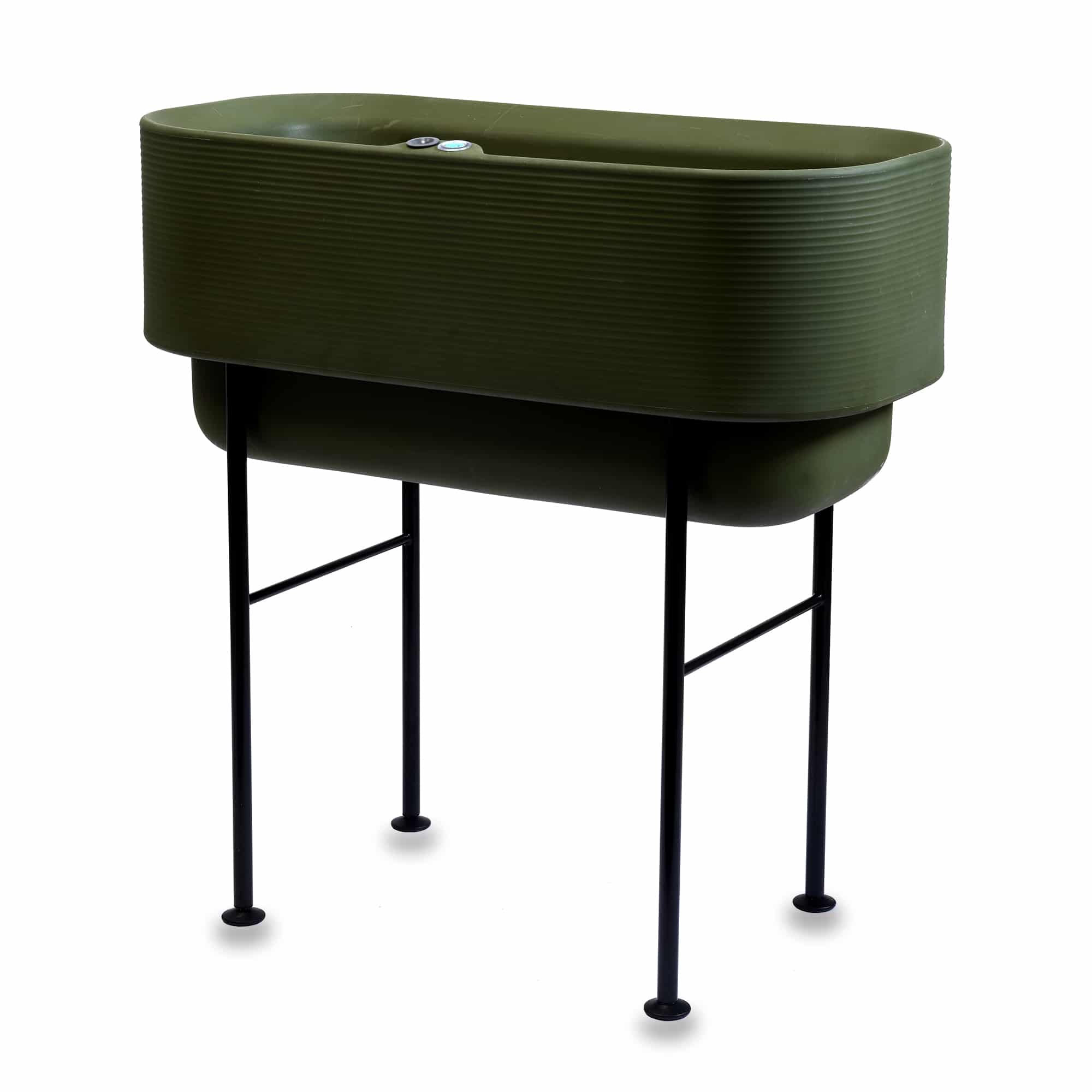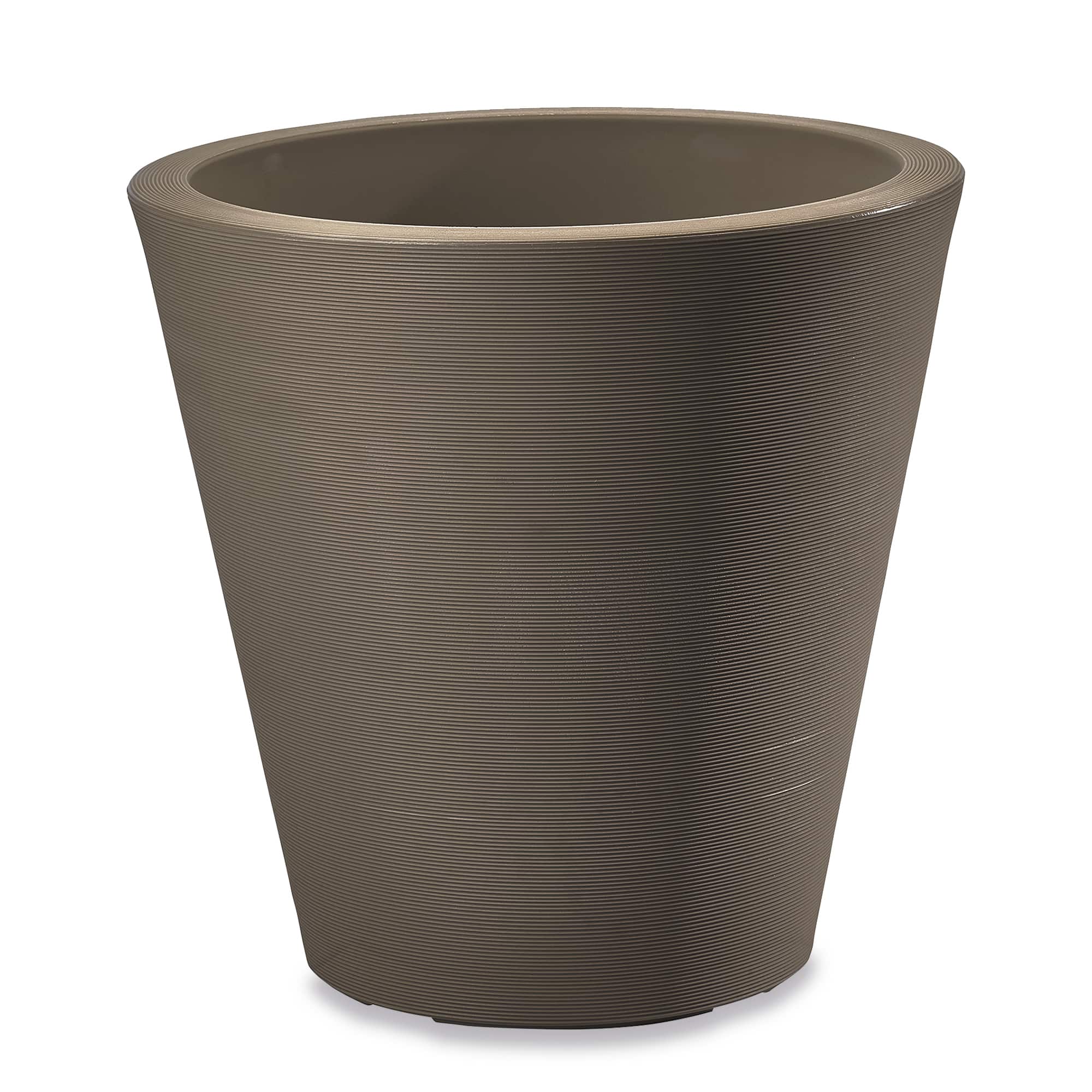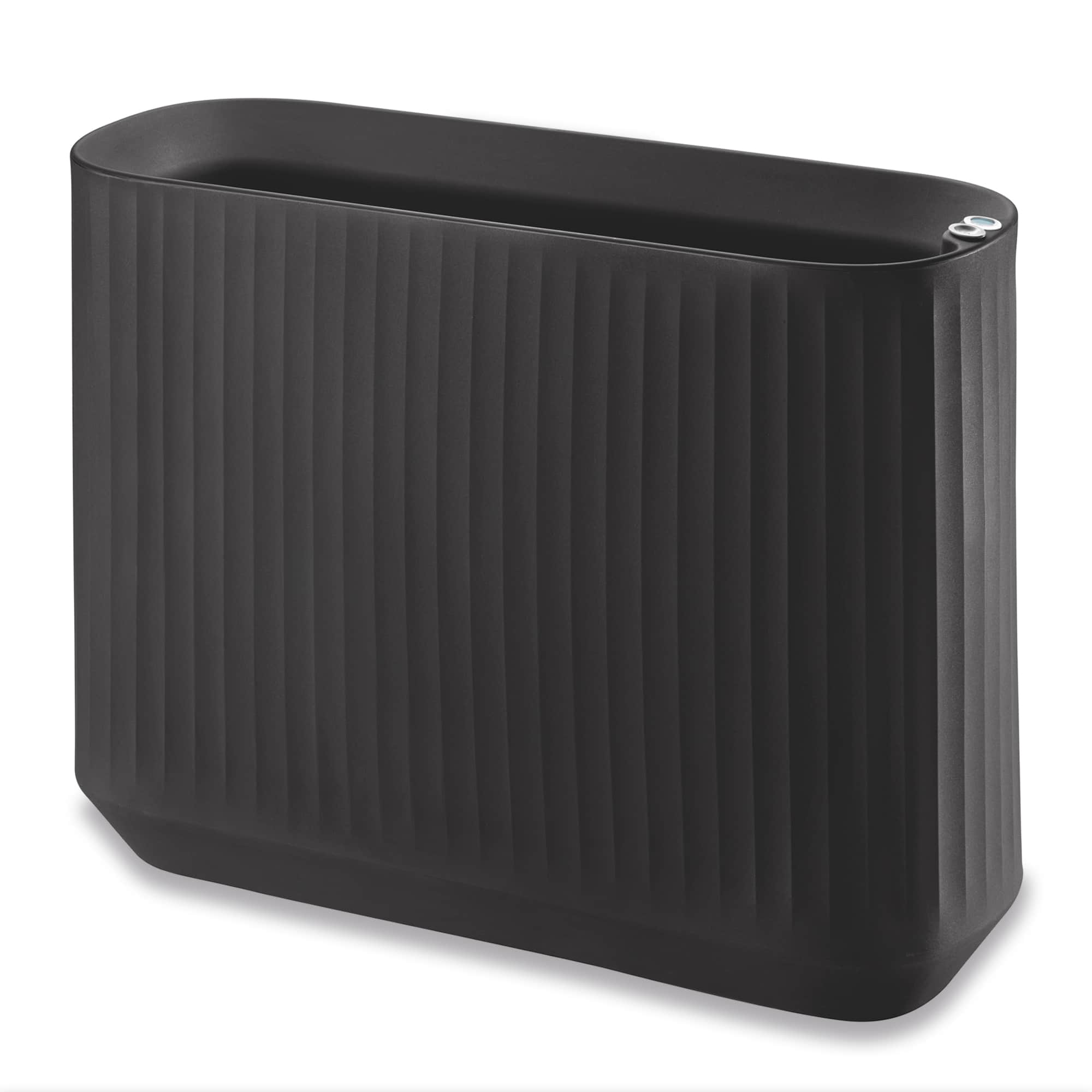As we forge ahead with our planting plans this season it’s a good idea to think about how our climate has changed over the last few years. Here on the lower mainland of British Columbia we’ve seen long cool wet springs followed by extreme heat and then lower than usual temperatures in winter. My question to you is do we need to plant differently? What worked last season and what didn’t in our gardens?

Take inventory of your garden. Pay attention to what grew well.
Get the most out of your harvest – Over wintering
When we have a long cool rainy spring our planting schedule falls behind. We plant our salad greens in late April only to see that they bolt quickly in May when the days start to lengthen and temperatures rise. Perhaps our best option is to start our cool season crops like lettuce and spinach in late summer so they can overwinter with protection and supply us an early spring harvest before the heat arrives. Even though late summer is not a traditional planting time you can plant a few seeds or purchase some seedlings to give you fall crops that may last all winter.

Plant smart when it comes to your vegetables by overwintering.
Bolting in Plants
With container gardening, overwintering cool season crops is not an option but moving your early season crops into the shade will help slow down the bolting process. Bolting is caused by an increase in temperature and the lengthening of daylight. Another option in dealing with the wild swings in temperature are to look for bolt resistant seeds. Seed companies are coming up with lots of new varieties each year.
Avoiding Leaf Scorch
It was the heat that caused a lot of issues last summer. Temperatures of 36C hit the lower mainland and many plants couldn’t tolerate the high temperatures. Plants reacted by a sudden cessation of flowering and some were sunburnt. Plants like Hydrangea and Aucuba were damaged in my garden. Hydrangeas love water and couldn’t stay hydrated. Many had scorched leaf edges and bloom damage. I have two Aucubas planted in the garden. The one in full shade did fine but the one that had morning sun and shade in the afternoon had one side scorched to the point of leaf drop. It will be moved to a full shade location this spring. More and more we need to think– right plant, right place. There were reports of leaf scorch on Rhododendrons all over metro Vancouver and the Fraser Valley. Rhododendrons rarely suffer damage here as they love our acidic soil and mild climate. To show you the damage I’m including a photo of a mature thirty-year-old rhododendron in our garden. It suffered leaf scorch on the side that gets the most sun. This spring it’s a wait and watch to see how it blooms and how the new growth will look.

Extreme heat can cause leaf burn or dry out your plants.
I think the wait and watch approach is something we all need to do. Many plants are very late to leaf out this spring due to the harsh winter we had. Rhododendrons that were damaged in the summer also had some of their buds frozen this winter. Plants such as rosemary, privet, ceanothus and bay laurel suffered terribly. Privet, Ceanothus and Bay laurel are normally evergreen but many lost their leaves this winter. Fortunately, most of these plants will leaf out again but could still be subject to damage next winter.
Consider a Hardy Plant
So, do we stop pushing the boundaries and grow hardier plants? Plants like bay laurel, ceanothus and rosemary are borderline hardy here. We may need to bring them inside for the winter going forward.
I must say I was surprised to see plants that survived the extreme cold and heat in 4” pots. As I inspected my overwintering perennials I noticed that Sedum Autumn Joy, Campanula persicifolia and Dianthus Sweet William all looked great. That’s when I realized that compiling a list of plants that will grow in our changing climate is something we all should do over the next few years. We don’t know if the heat dome or the -13C temperatures will return but we can be prepared with better plant choices going forward.

Preparation is key in ensuring your plants thrive through the seasons.
Tips for upcoming seasons:
- Plant the right plant in the right place.
- Use hardier plant choices.
- Plant native plants.
- When planting in containers use plants two zones hardier. For example we are in zone 8 so use plants hardy to zone 6. Use winter protection methods such as floating row covers, burlap wraps and cold frames. Make a list of which plants did well and plant more of them.




